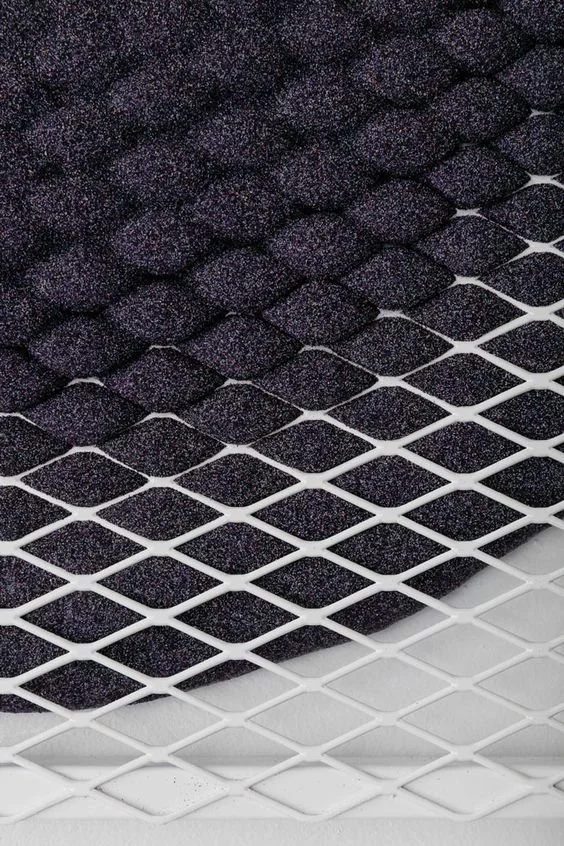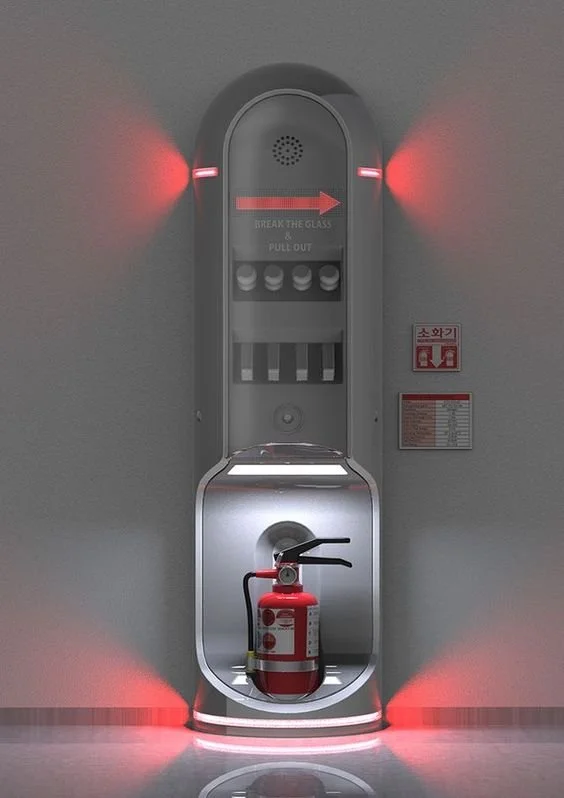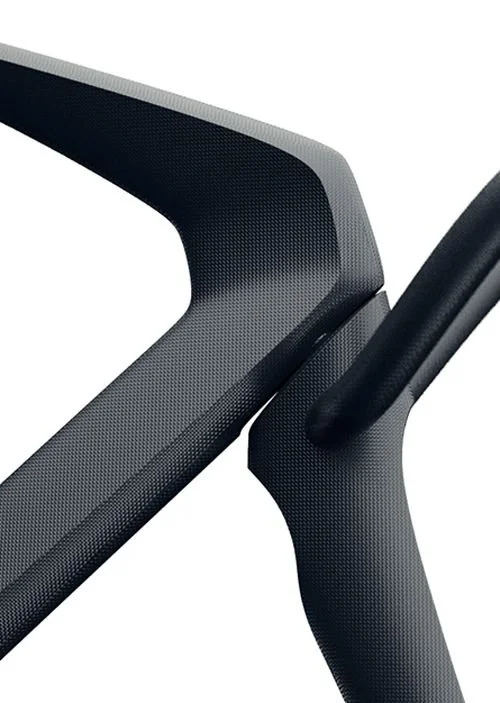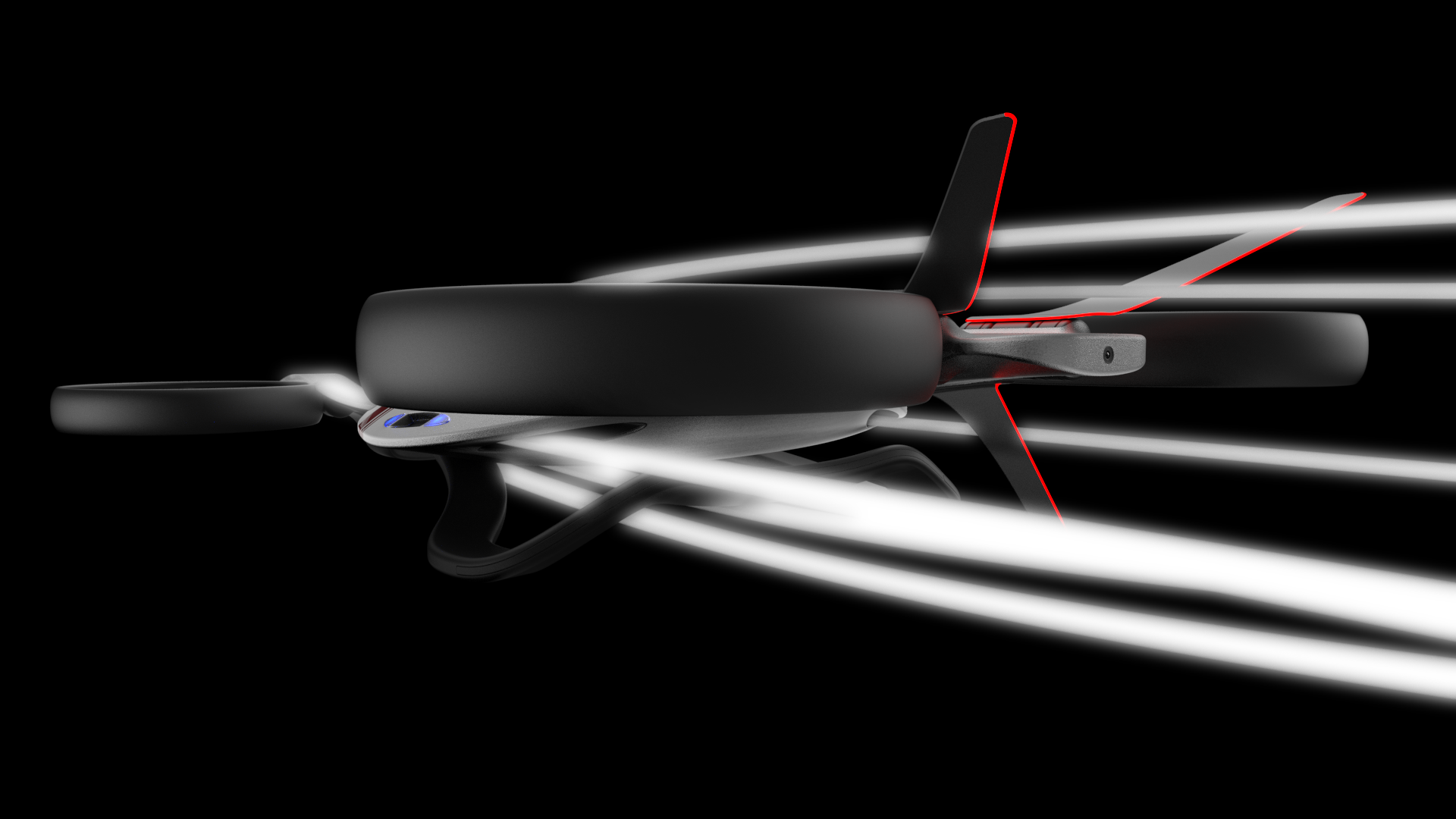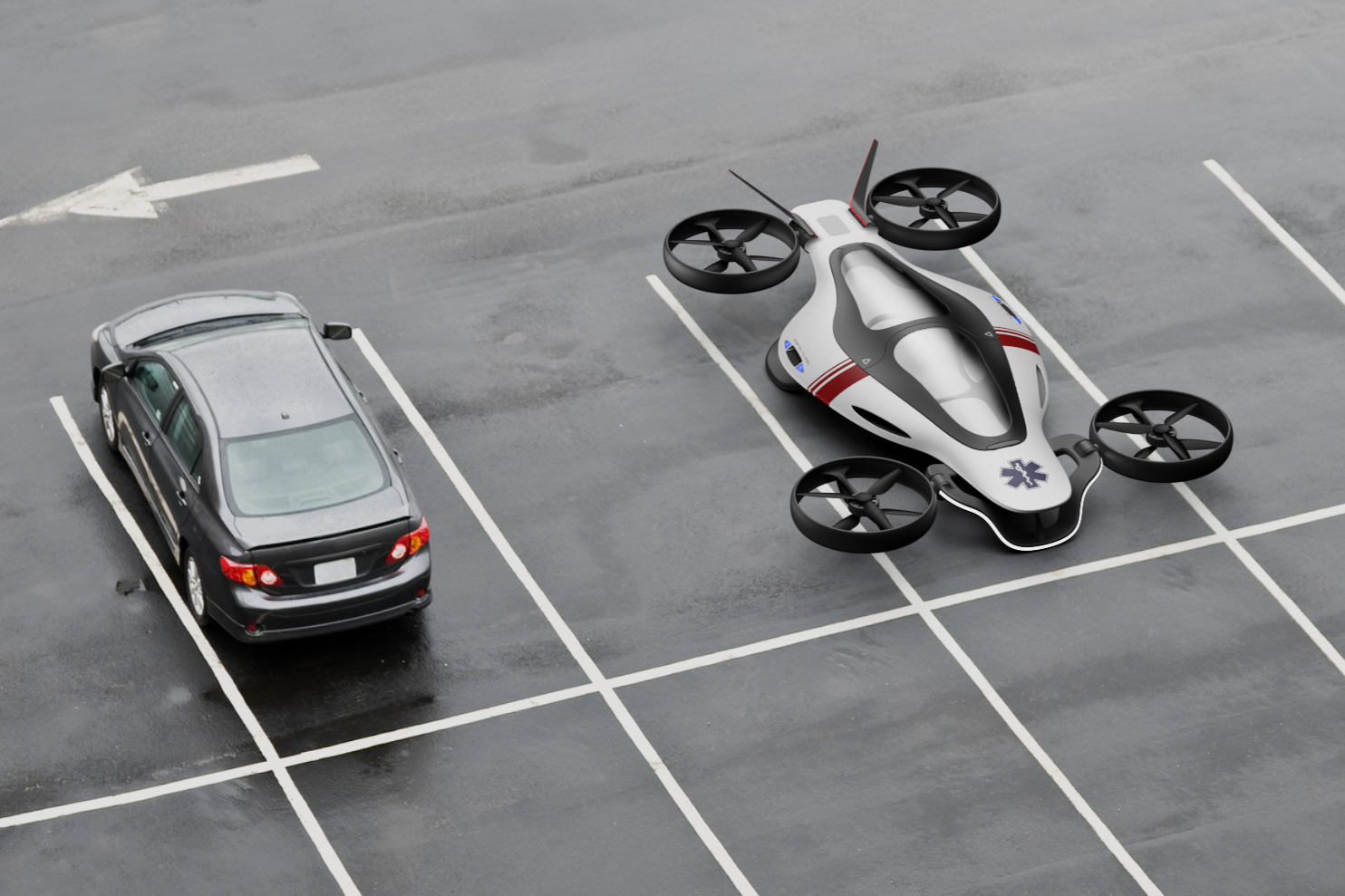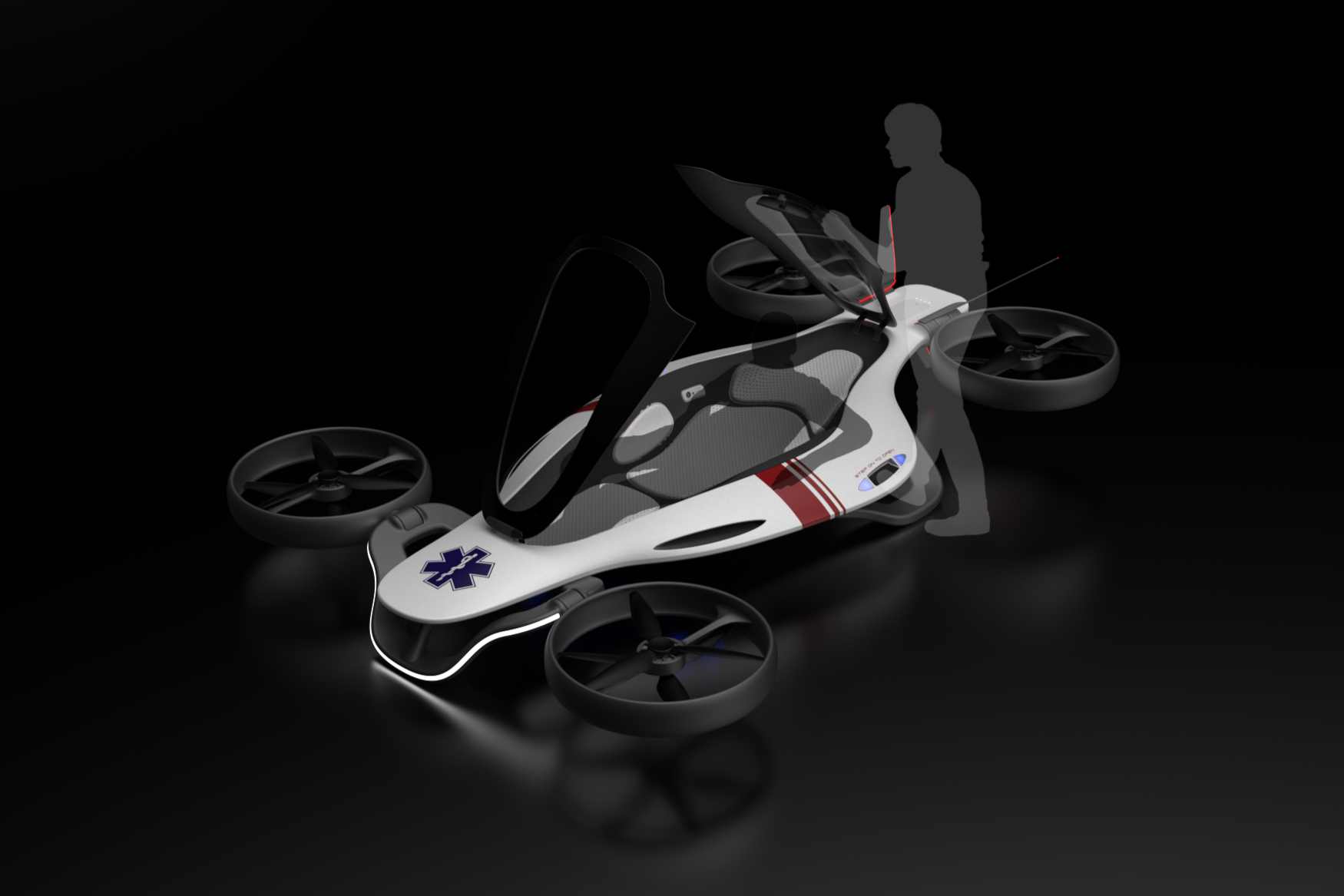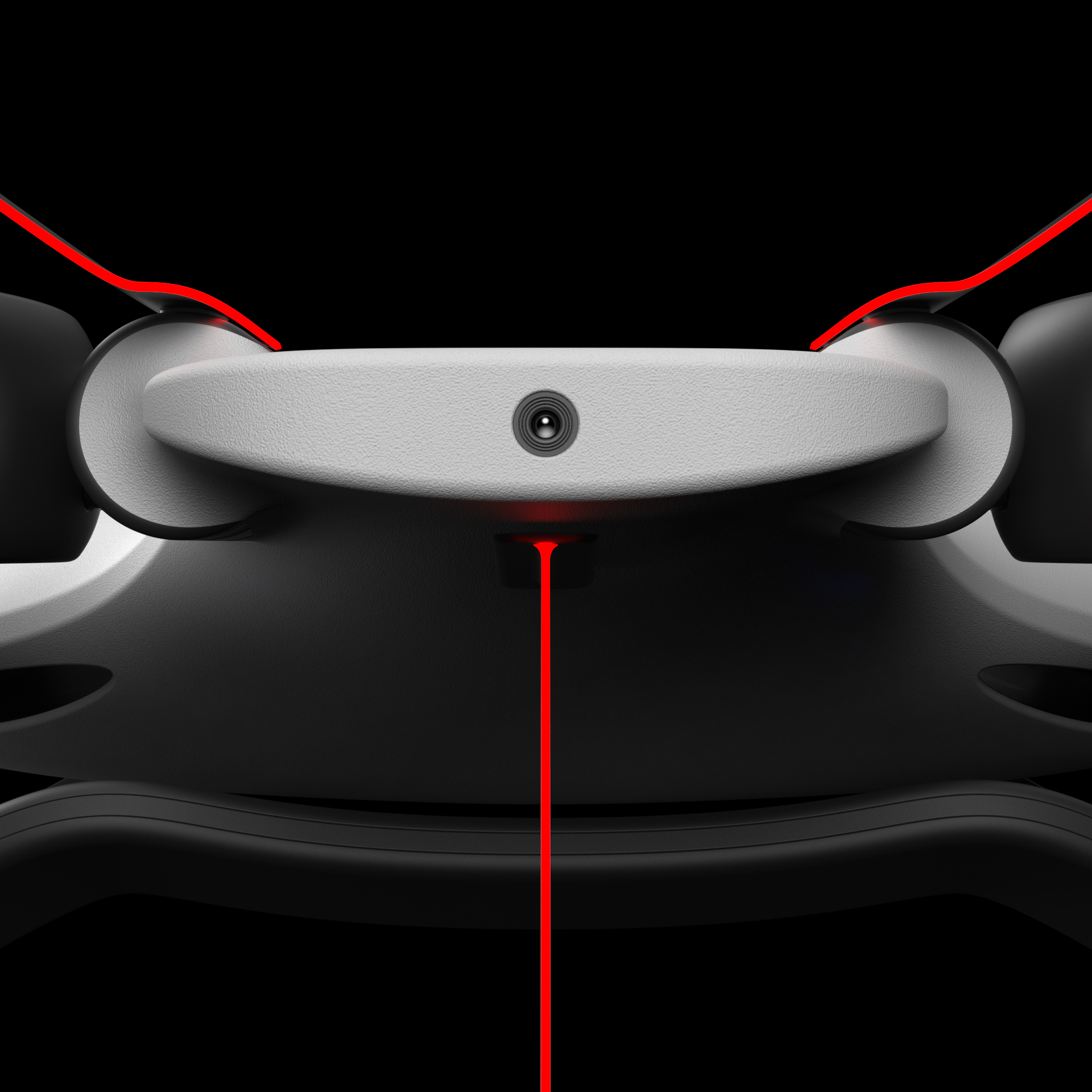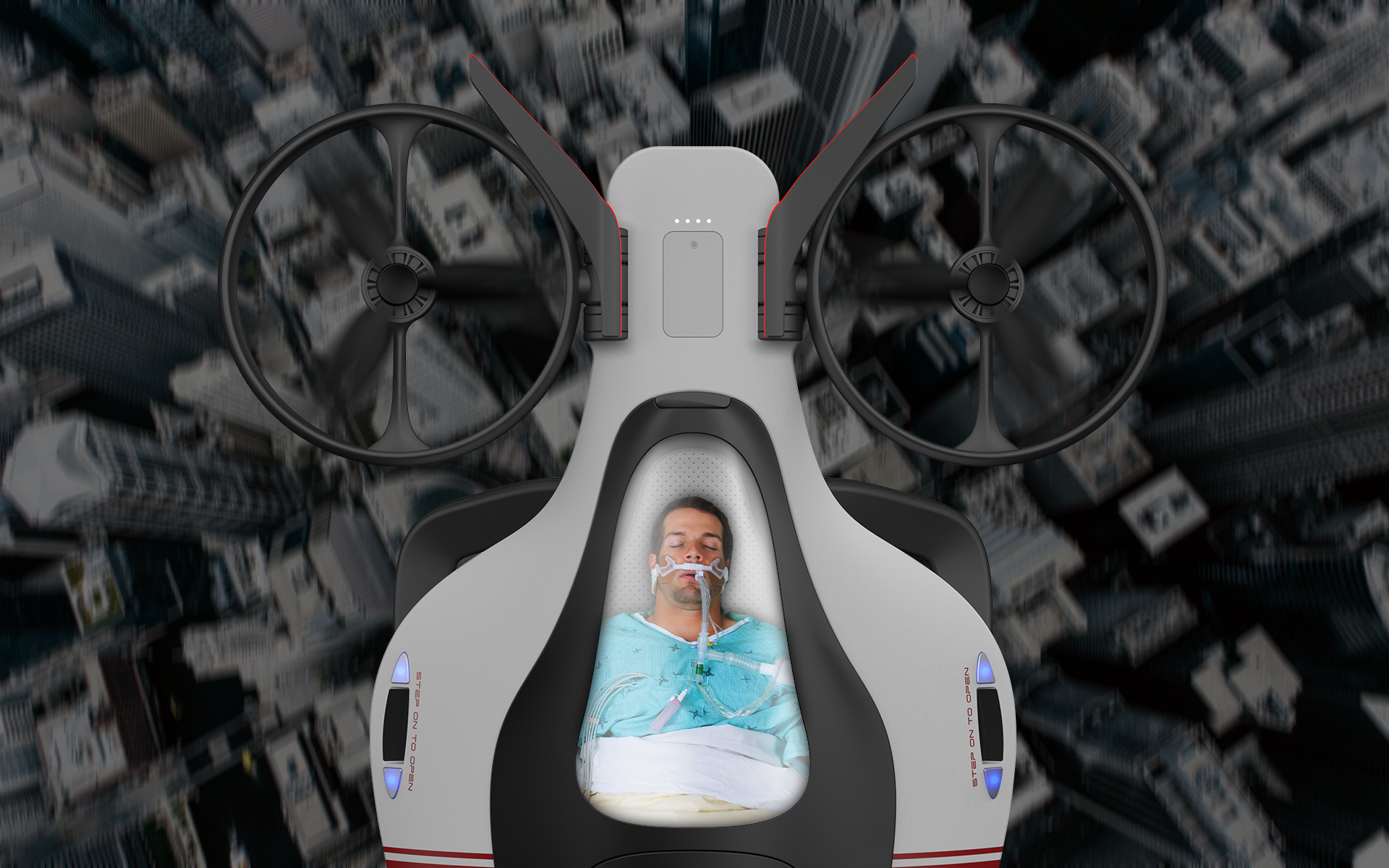
SKY
AMBULANCE
A future concept to replace ambulances and medical helicopters
Date
Summer 2023
Time
14 Weeks
Project Type
Future Concept, 3D Modeling
Contribution
Individual Project
More than 20%
of patients needing emergency treatment have died on their way to hospital because of delays due to traffic jams and uncooperative motorists.
Each year:
except for the patients
Average of $10000
is the cost of a helicopter a single medical helicopter flight globally.
Even with insurance, the price is still +$1000
Helipads
are required for a helicopter to land and takeoff
33
people was killed in 29 accidents
$270
is the cost per mile in average
2600
people was injured in 1500 ambulance accidents
$2 millions
are the minimum price to purchase a medical helicopter
We need faster and cheaper
transportations to save patients on time
Small size, comfortable and convenient
Aerodynamic, single person and universal
INTRODUCING
▾

SKY AMBULANCE
Concept 2030
A small-size, low-cost, single-person transport medical flying machine
Avoid bumpy roads and city traffic, take off and land with less requirements
Aerodynamic design
Reduce power consumption by reduce air resistance, increase maximum flying range and improve battery efficiency.
Stabilization system
The propeller can rotate laterally and longitudinally, which works with the tail wing to keep the body stable during acceleration, deceleration and steering.
Comparison with and without stabilization system, it keeps the patient in a flat position.
Dimensions
No landing pad
Less requirements for take-off and landing, any flat area with the same
size of a car’s parking space is capable for the ambulance to operate.
Easy to operate
The front and rear opening of the shell makes it easier to enter and exit,
“Step on to open”, it can be operated without using arms and hands.
Interior
Universal charging
Same charging port with local EV car (based on policies in each area),
can be charged in fixed location or at any EV charging pile or station.
Shining dots shows the remaining battery life.
▾
Piloting cameras
Front and rear cameras allow the pilot to observe the surroundings.
Ergonomics seat
Surround seat holds patient in position and provides comfortable lying position, small holes on the fabric can absorb blood (if) and ventilate the body.
Communications
Display, camera and microphones create communication with the patient if the patient is still awake. It helps the medical staff to tell the patient what to do.
Ports for machines
Power and oxygen tube interface is equipped on both sides, medical machines (such as oxygen mask) might be needed based on the patient’s situation.
Wide angle cameras for observations of the machine and patient on the side.



